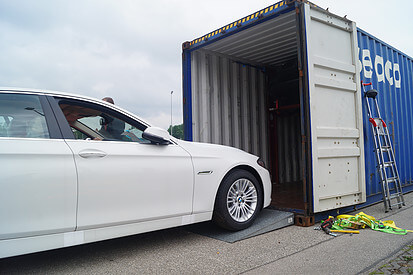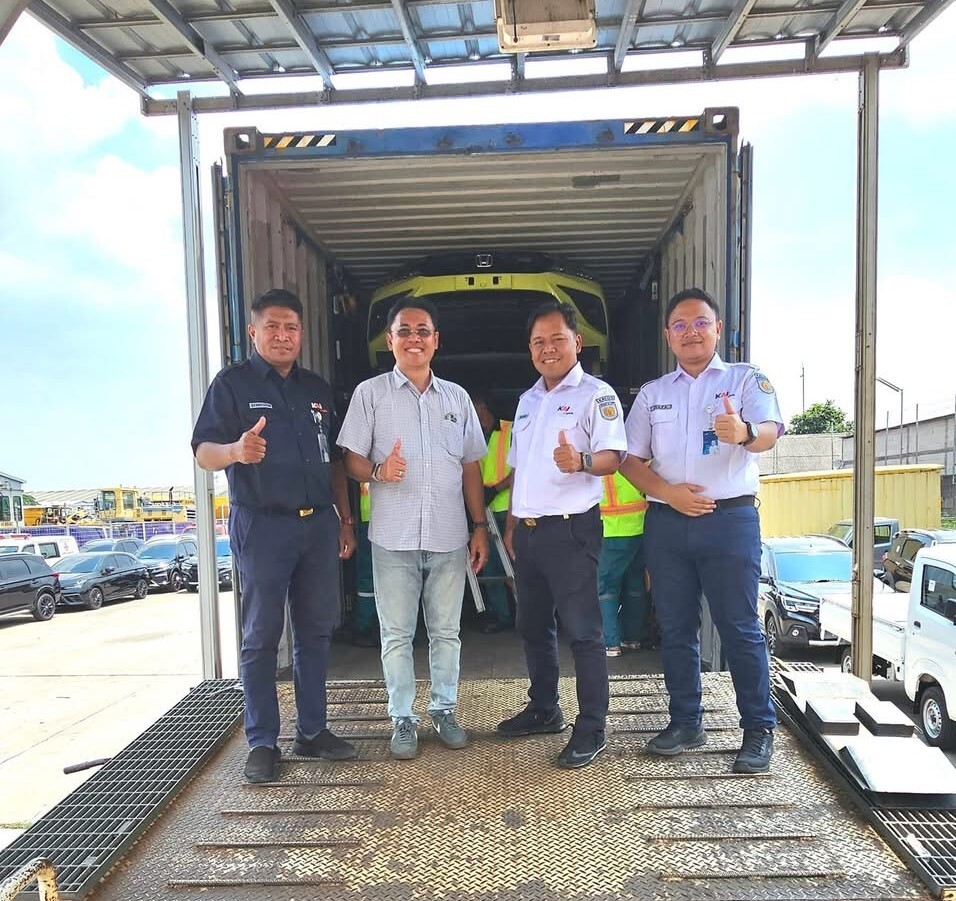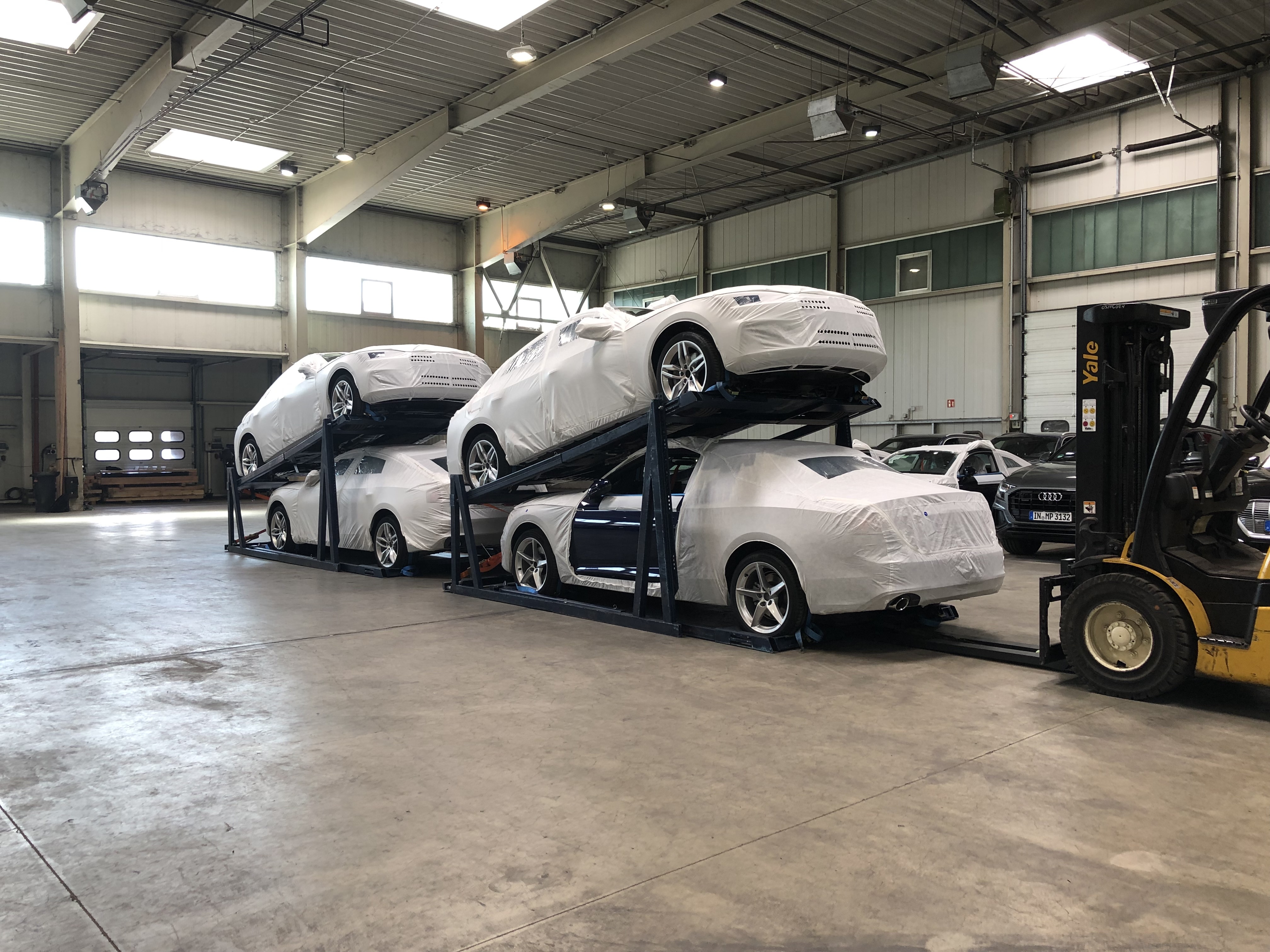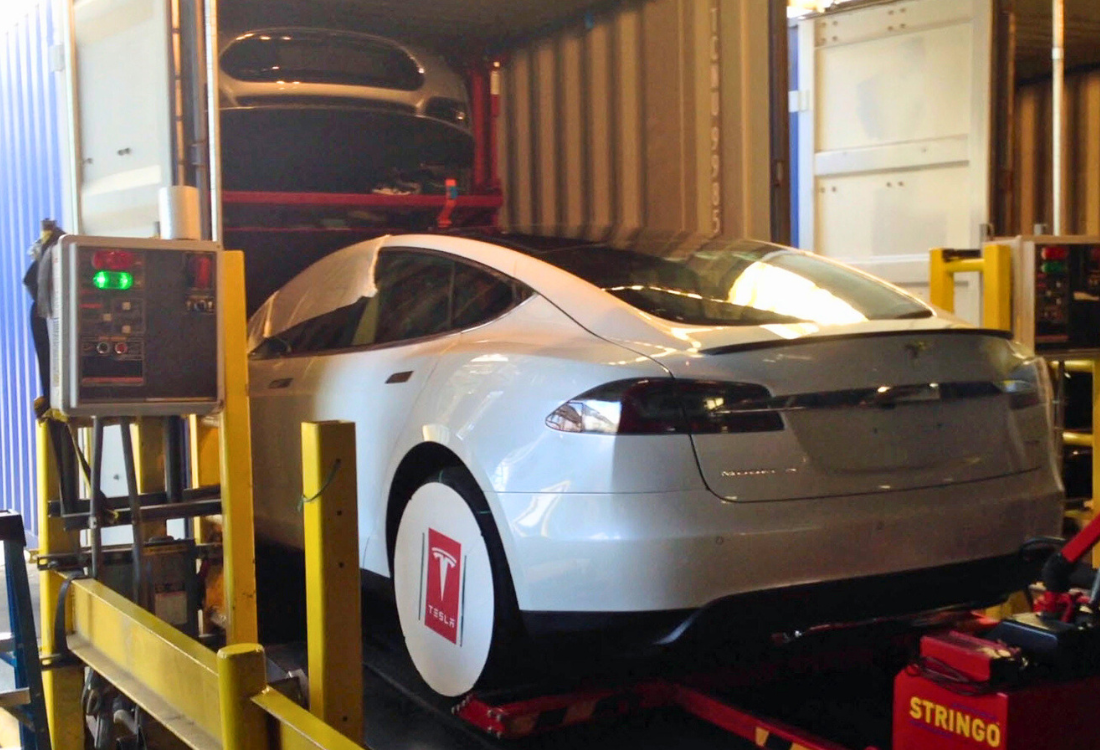
For the last two years, the busy Red Sea passage, used by hundreds of international containerships each year, has become a volatile and dangerous place. Beginning in November 2023, the Houthi terrorist group, based in Yemen, began targeting containerships linked to Israel or Western countries following the start of the Gaza war. These actions included attacks by rocket propelled grenades (RPG), arson and straight out piracy, and by February 2024, 40 vessels had been reportedly targeted. The attacks continued throughout 2024, forcing many global shipping companies to reroute shipping around the Cape of Good Hope in South Africa, often adding weeks or even months to a typical journey.
Cease Fire And Resumption Of Attacks
An uneasy peace resumed in late January 2025 with a partial cessation of attacks by the Houthis. However, three attacks over the summer have placed a renewed question mark over the safety of the critical Suez – Red Sea pathway for Western shipping, as well as a concerning escalation in the nature and severity of the attacks.
On 6th July 2025, the Greek-owned bulk carrier Magic Seas was attacked by a swarm of eight small boats carrying armed men, and subjected to a sustained attack by machine gun and RPG fire. While, in this instance, the crew was rescued, the Magic Seas was boarded by Houthi militants, who detonated explosives on it, causing the vessel to sink. The following day, the Eternity C was also attacked in the same location. In this case, the crew were not so lucky, with 11 of the 21 sailors onboard being abducted by the terrorist group.
More violence followed on 31st August, when an Israeli-owned chemical tanker – the Scarlet Ray – was attacked by a ballistic missile near Yanbu, Saudi Arabia. Global shipping operators are holding their breath waiting for what might happen in the coming months.
What Can Operators Do About The Threat?
The big question for transport businesses and their shipping partners is how safe the Red Sea is for Western shipping. At the moment, the attacks are relatively rare – nothing like the intensity seen throughout 2024. However, the risks of an attack happening are more than enough to make many operators think twice about sending their ships along this lane, especially when destruction of property and cargo is accompanied by real and present risks to ships’ crews. Insurers are also justifiably jumpy about the renewed violence, with rates being adjusted to reflect this.
For now, many, if not most, operators are hedging their bets and redirecting shipping around the Cape of Good Hope, an enormous logistical rerouting involving a 4000-mile detour along the coast of Africa. Delivery schedules are simply out the window for many businesses, with serious implications for businesses serving automotive manufacturers and distributors between the Far East and their European and North American markets.
Is there anything that can be done about this? Unfortunately, geopolitical instability is a factor beyond anyone’s control, and there is no way of second-guessing how long the Red Sea crisis will continue, or how bad it is likely to get. All that operators can do is take reasonable precautions to maintain the safety of their cargo and stakeholders, while mitigating risk as much as possible.
In this volatile environment, containerships are still the safest, fastest, and most versatile means of transporting goods – including finished vehicles – along the world’s shipping lanes. Unlike automotive roll on roll off ferries, containerships have a far wider choice of shipping lanes and ports available to them, allowing logistics routes to be reconfigured at reasonably short notice in response to international events and terrorist threats. Containerships are also faster than other categories of cargo vessel, making them less susceptible to ambush and attack by teams of terrorists or pirates using speedboats and dinghies.
Find Out More
Transporting your cars in shipping containers gives you a wider range of options to spread your risk and reduce ongoing costs arising from delays and political instability. To find out more, please contact one of the team at Trans-Rak today by clicking here.
Image Source: Canva
















